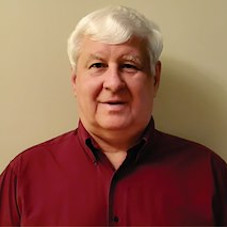The primary goal of any digital manufacturing implementation is to apply analytics to data collected from shop operations to deliver value for the business. The actual choice of the analytics applied is unique to each business situation. However, the underlying system architecture for collecting and storing data to support analytics can significantly impact the benefits delivered by the system and the flexibility for system extensions in the future.
Two fundamentally different approaches are commonly used for the collection and storage of data as part of one of these systems, each with its benefits and drawbacks.
Many analytic systems are fully integrated – meaning that the system includes all functions related to data collection, data storage, analytics, and the results produced. These systems range from basic systems focused on delivering one specific set of results to large systems addressing a wide range of business goals.
The benefits associated with these systems include:
One vendor is responsible for all aspects of the system.
These systems are designed to optimize the data collection process needed for the defined analytics.
The time and manpower required for deployment is typically less than that required for an alternate system architecture.
The primary drawback of these systems is highlighted when a company desires information that is not available from the designated system. At that point, the company faces potential challenges:
You can request that the software vendor provide a custom extension to their system. This can be costly and time-consuming, and the extensions may not be well documented or supported.
Many of these systems either do not make the collected data available for use by other systems or there are restrictions on accessing the data. In either case, the available data will be restricted to that collected by the existing system – the system supplier controls the data. To gain additional capabilities, either a custom implementation or a secondary data collection system will be required.
A company may decide to deploy a second (or third) software system to provide required information. In this case, additional equipment is typically needed to host the new system(s). Multiple data collection systems increase network resource loading and the burden on each data source to respond to multiple data requests.
An alternative system architecture is one that separates the data collection and storage processes from the analytics, providing independence from the analytics suppliers. Although this architecture may require more systems engineering resources for initial implementation, it can provide significant advantages for larger data systems. This architecture gives a company full control over the data collected, how it is stored, and how long the data is available. The primary advantage of this architecture is that any number of different analytics tools can be applied, each optimized to the specific needs of the company. When an analytic tool no longer meets the needs of the company, it is relatively straightforward to swap it out for another that better addresses the company’s requirements. It is typical for different departments within a company to have unique needs for information from shop operations. This architecture provides the platform on which the needs of each department can more easily be addressed by implementing analytic tools that meet each set of specific needs.
When considering deploying digital manufacturing analytic tools, it is important for a company to carefully consider both their short-term needs and their long-term expectations when deciding on the best data collection system architecture. Either architecture described above will work. The question is which better serves your company’s unique requirements.






